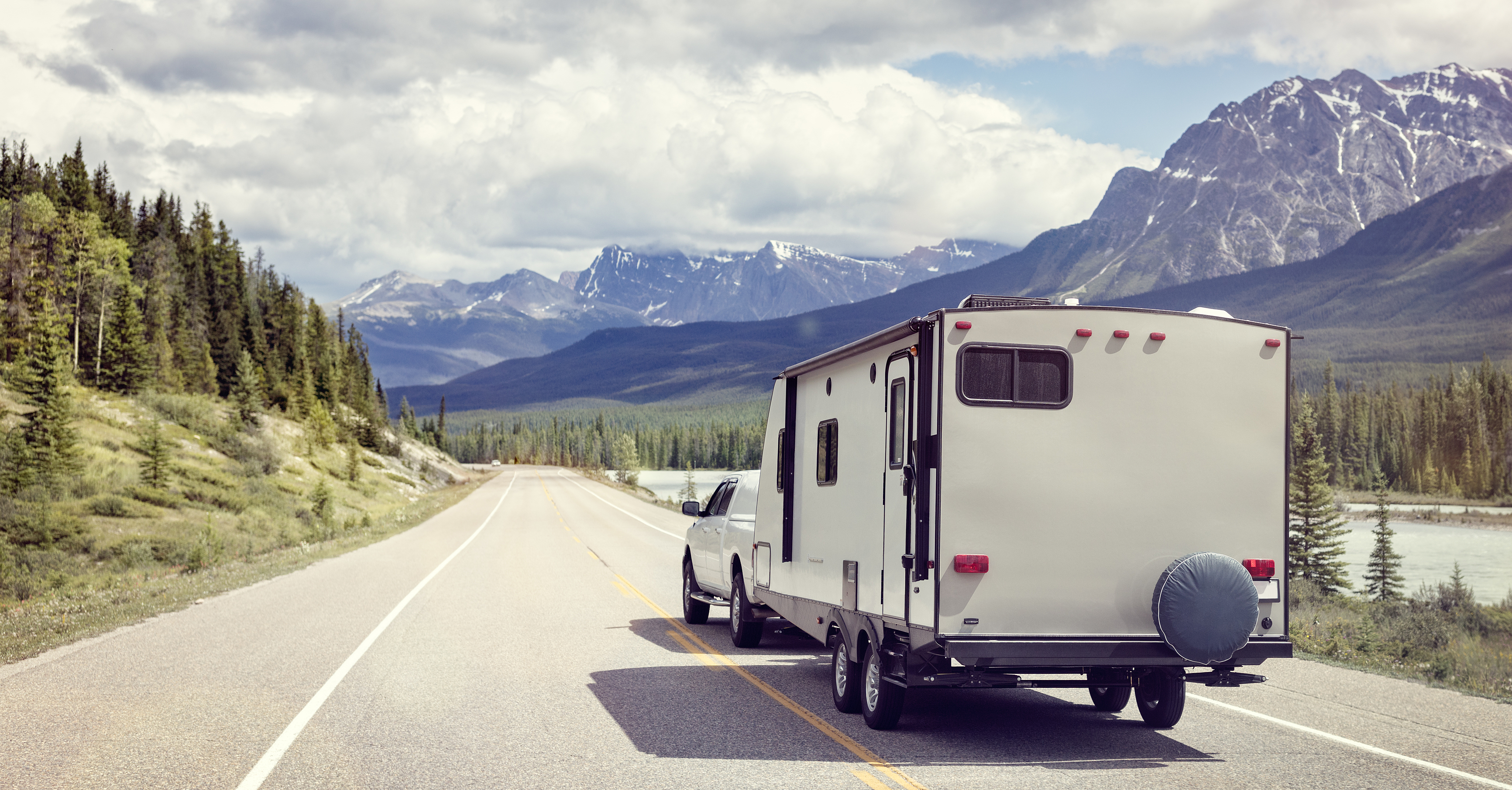How to prepare for the great American road trip

You've mapped out the routes, secured the cargo racks and packed plenty of entertainment for the classic American road trip.
How do you make sure your vehicle is ready for the adventure, too?
Vehicle problems in a remote location can put your family at risk and crimp your vacation budget. A pre-trip checkup can help keep your vehicle out of the shop when you travel.
"A little maintenance goes a long way in keeping your family safe and your vehicle on the road," says Sherry Mehl, Chief of California's Bureau of Automotive Repair. "You should be spending your time enjoying your trip, not worrying about whether your car will make it to your vacation destination and back home."
Poor engine timing, dirty motor oil, underinflated tires—all are contributors to poor vehicle performance and increased gas consumption. They may also lead to larger problems when you head out on your vacation.
"One of the easiest things you can do to increase your gas mileage is to make sure your tires are properly inflated," Mehl said. "For every 3 pounds below recommended pressure, fuel economy goes down by about 1 percent."
Summer conditions put extra strain on your car's engine. High temperatures cause fluids and lubricants to break down faster.
Here's a pre-trip checklist put out by the California Bureau of Automotive Repair:
-
Consider a pre-trip inspection by a qualified technician before heading out on the road. Repairs made on the road are inconvenient and may cost more.
-
Check the air conditioning, and inspect the belts and hoses.
-
Do not mix refrigerants in your air conditioning system. You cannot add R-134a fluid to your older air conditioner without first flushing the system. Some substitutes can create volatile mixtures of propane, butane and flammable hydrocarbons.
-
Replace worn tires. Look for uneven wear, bald spots, worn tread on edges or any bumps. Those signs could be telling you it's time to replace the tire or point to some other problem such as alignment.
-
Use a licensed brake adjuster to inspect brake pads and linings for wear.
-
Change the engine oil and filter according to the manufacturer's service intervals and specifications.
-
Check coolant, automatic transmission, windshield wiper and power steering fluids.
-
Replace ragged wiper blades. You may encounter a summer storm, especially when traveling in the mountains.
-
Inflate tires, including the spare, to the proper PSI. Uneven or excessive tread wear may signal time for rotation or replacement.
-
Test your car's interior and exterior lights, including turn signals and high beams, to make sure they work properly.
-
Change your car's air filters according to the manufacturer's service intervals and specifications. Dirty air filters lower gas mileage and reduce engine performance.
-
Inspect the radiator pressure cap, plus all belts and hoses. Flush and refill the cooling system according to the manufacturer's service intervals and specifications. This service should include replacement of the pressure cap.
-
Check the engine light. Never leave on a long trip when your car is displaying "check engine light" or "malfunction indicator light." Get the problem diagnosed by a qualified technician.
-
Inspect batteries and battery cables for corrosion, cracks and dirt. Hot weather is the enemy. It can shorten battery life. Use distilled water for batteries that require topping off.
"Keep in mind that a well maintained vehicle not only saves you money and extends the life of your car, but it helps all of us to breathe cleaner, healthier air," Mehl said.